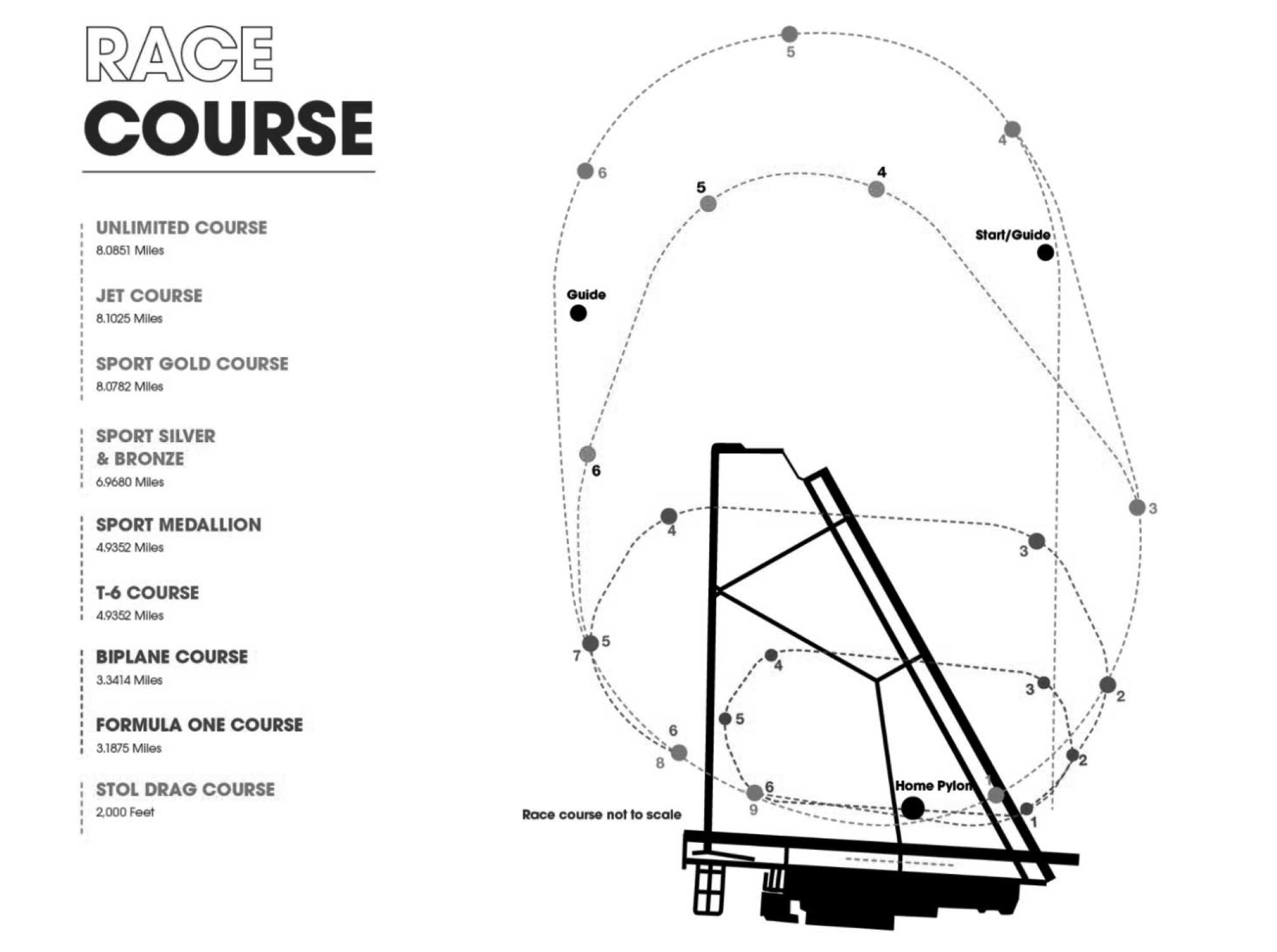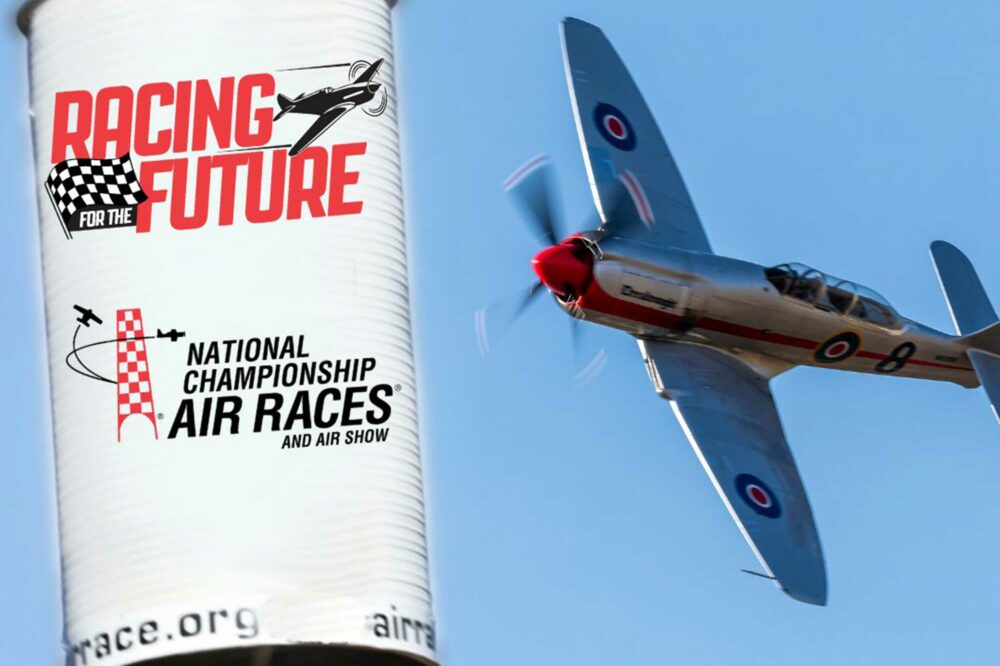The famous Reno Air Races are looking for a new home. This year is the last to be staged at Reno-Stead Airport in Nevada. The reason cited is that the region is seeing ‘significant growth’ and the airport trustees voted to end the racing.
The Reno Air Racing Association (RARA) is officially seeking bids from interested airports and localities that wish to partner with the organisation to host future events.
“We are incredibly excited to look at this next evolution of the National Championship Air Races and the ways in which we can further grow the event for current and future generations of air race fans,” said Fred Telling, chairman and CEO of the Reno Air Racing Association.
“This year’s event will be a celebration of our legacy and allow us to springboard forward as we search for a new home for the event. We’re thankful for all of the interest we’ve already received from prospective sites.”
This year’s event, the 59th National Championship Air Races, will take place for the final time at Reno-Stead Airport on 13-17 September, with an airshow to follow in 2024, before moving to its future home.
RARA
So what’s the race circuit like?

The course at the National Championship Air Races is actually several courses overlaid on the same piece of ground. The various courses are roughly ovoid with seven to ten pylons throughout the course, plus additional guide pylons. All of the courses share a southern stretch that runs along the north side of Stead Field’s east-west runway, directly in front of the pits and the grandstands.
The pylons are actually telephone poles about 50 feet tall [the “sticks”], with specially made, marked drums [the “cans”] mounted at their tops. Many of the pylons have brightly painted panels to increase their visibility to pilots, who may be traveling anywhere from 150 to over 500 mph as they circle the race course.
The Home Pylon, clad in blue-and-white checkered panels, marks the finish line for every lap and race. It is attached to a concrete pad by removable large pins so the pylon can be swung down and laid on the ground, which is where it spends all of its time, except during the Pylon Racing Seminar in June and Race Week in September when it stands just across the runway from the Reserved Seating Grandstands.
Guide pylons are located along the longer legs of the Unlimited, Sport, and Jet Class race course to provide pilots additional clues as to the best line to fly towards the next pylon.
Manning each pylon on the race course, and positioned at various other locations to report deadline cuts or other infractions of the race rules, are the pylon judges and members of the contest committee. Many of the pylon judges have been in the role for decades, and as a group, the pylon judges comprise the most experienced volunteers at the Air Races.













